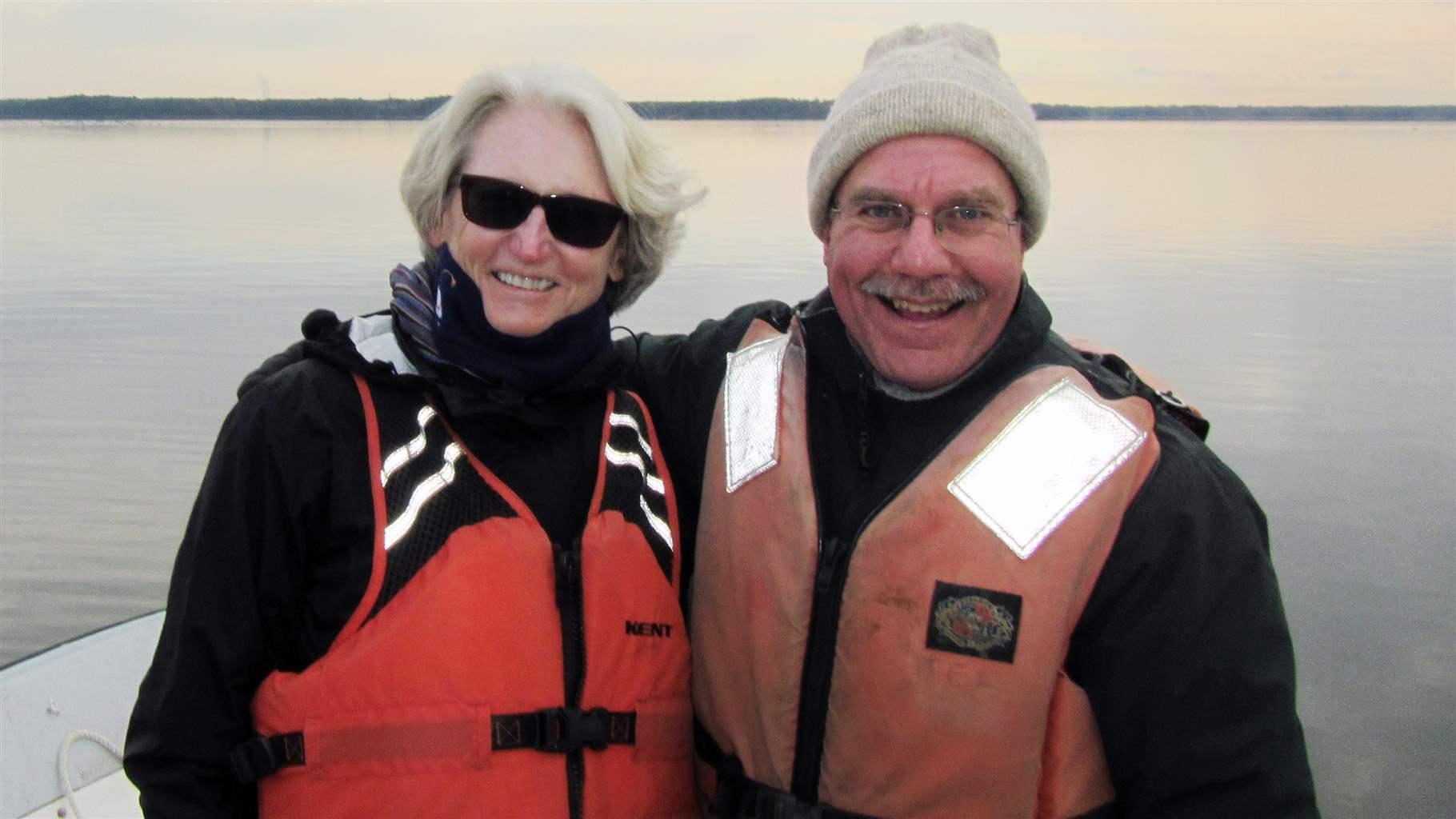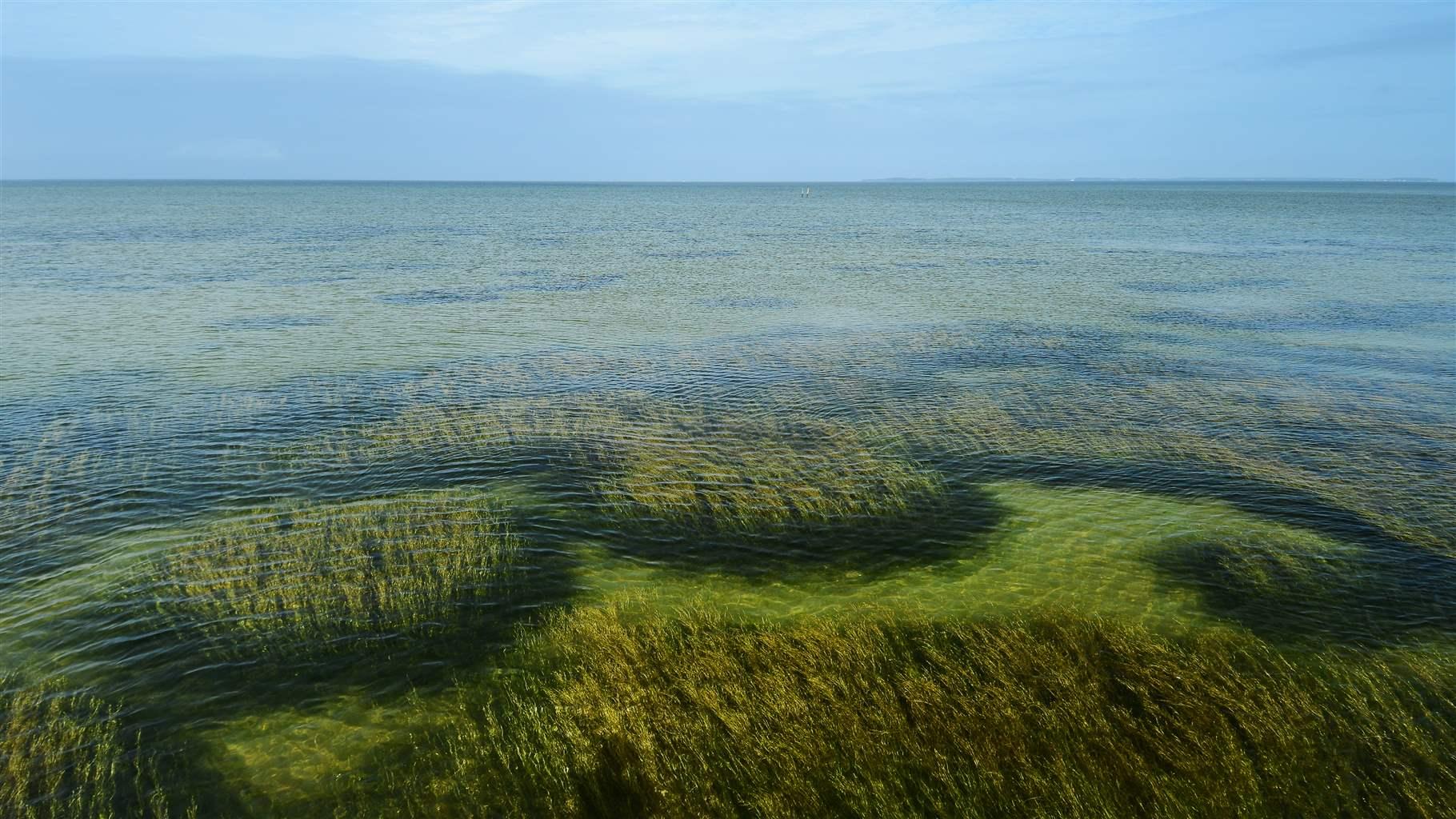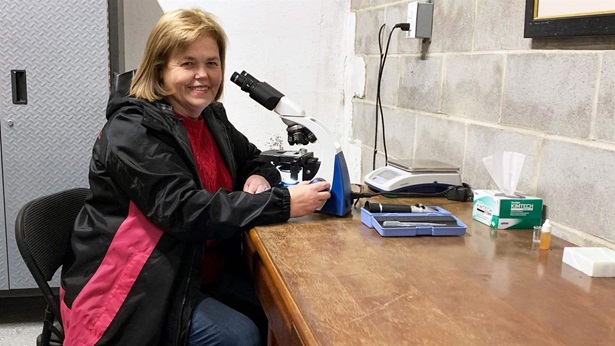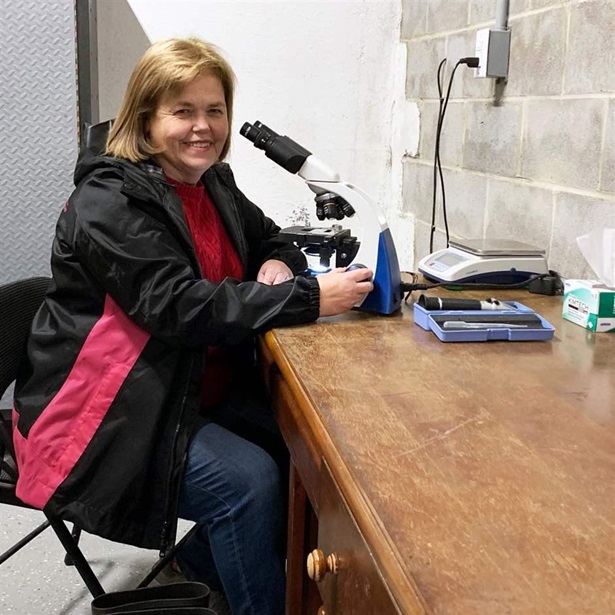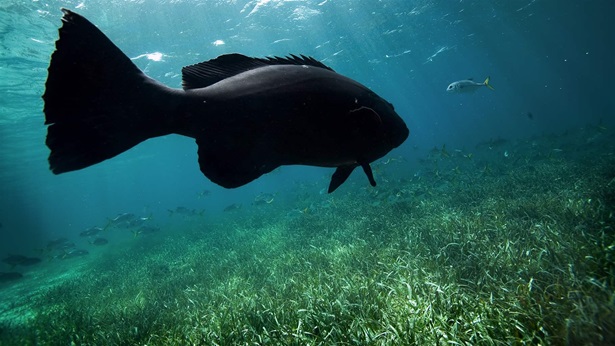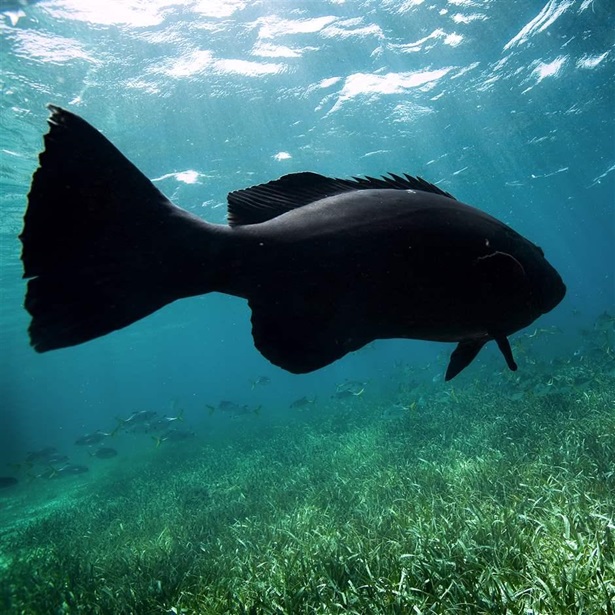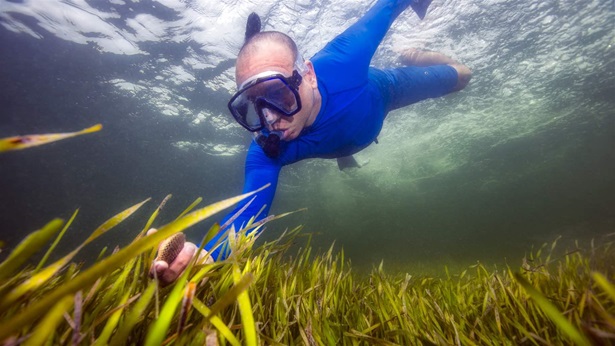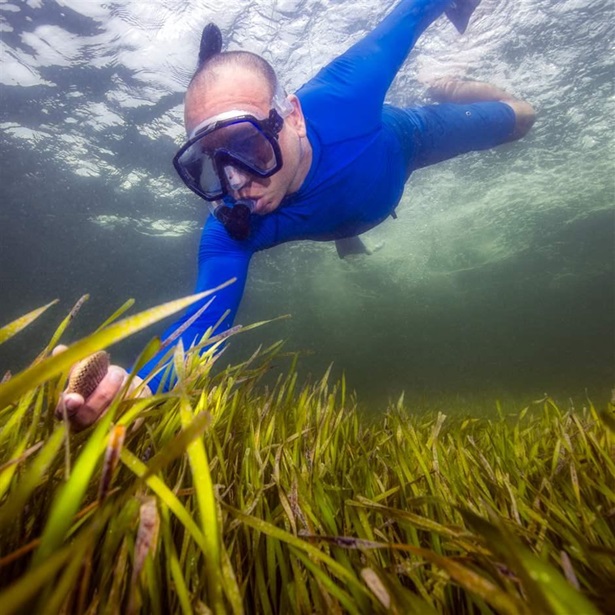Conservation Efforts Boost Seagrass Meadows—and Their Value to Nature and People
Experts discuss benefits of these coastal habitats to wildlife, water quality, and economy
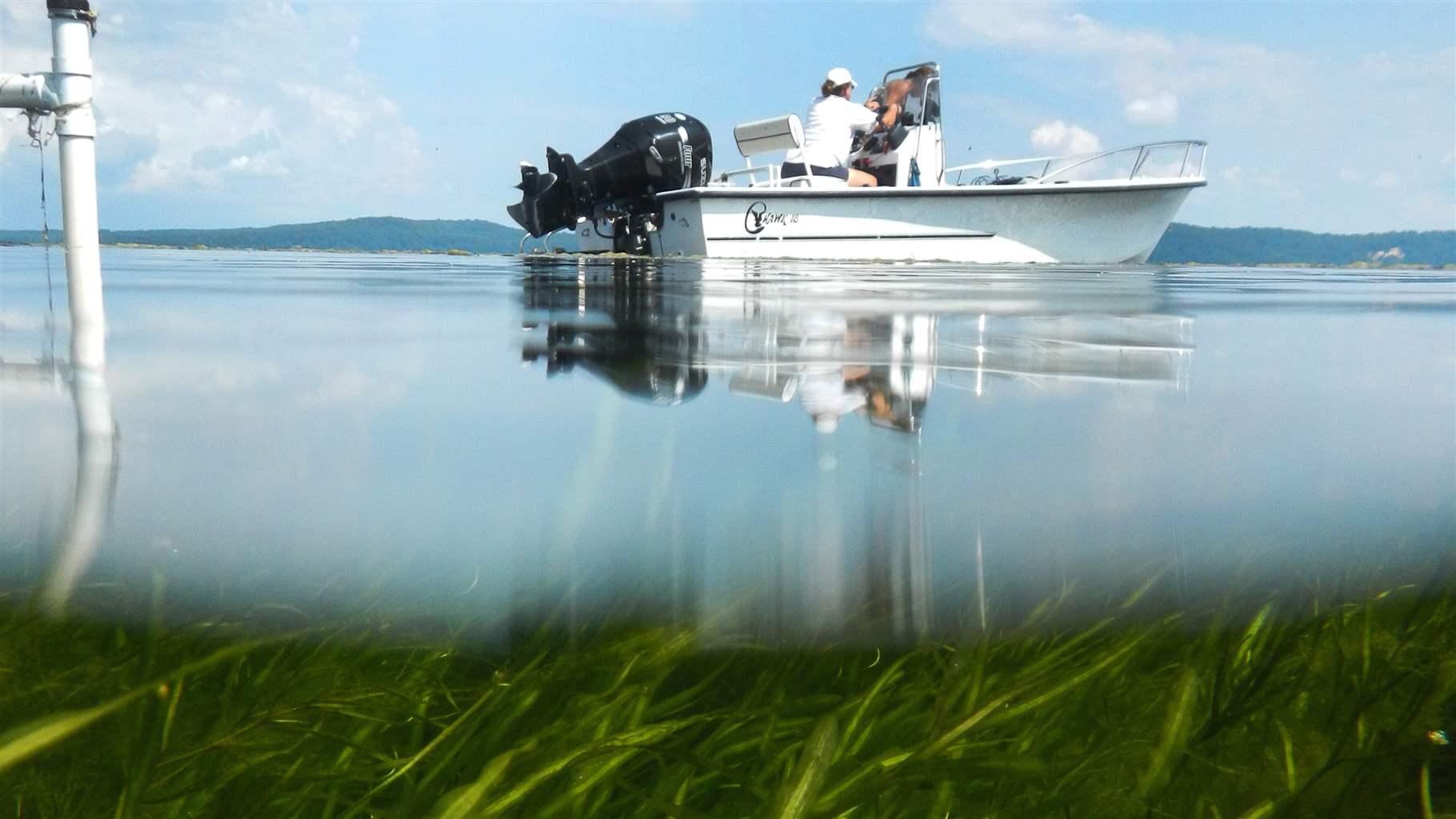
This article was updated on May 14, 2020 to correct photo credits for Cassie Gurbisz and Peter McGowan.
In coastal areas around the U.S., underwater seagrasses—which support myriad species, improve water quality, and protect shorelines from storms—are threatened by pollution. In some states, conservation measures are protecting and restoring this important coastal habitat. The Pew Charitable Trusts is working on one such initiative in North Carolina with the state government and CoastWise Partners, a volunteer consultancy founded by Holly Greening, former head of the Tampa Bay Estuary Program, and Rich Batiuk, who led the scientific team for the U.S. Environmental Protection Agency’s Chesapeake Bay Program. In this Q&A, Greening and Batiuk discuss seagrass and their work. The interview has been edited for clarity and length.
Q: What is underwater seagrass?
Batiuk: Think of a meadow filled with a diversity of plants and grasses. Bees are buzzing, grasshoppers are jumping, hawks are flying. A deer, a moose, an elk could be on the edge of the meadow. Transport that to the coastline and add three feet of water on top. The plants are rooted in the bottom, with some reaching the surface. Some have flowers, some look like ribbons, others like trees. Instead of insects and birds, you see crabs, clams, shrimp, fish. Instead of a moose—a manatee or a sea turtle.
Greening: Seagrass is under water, but it still needs sunlight. One of the major challenges for seagrass can be when not enough light reaches the blades of grass because pollutants have caused algae to grow, blocking the light, or too much sediment from runoff has made the water murky.
Q: What drew you to the field of conserving underwater grasses?
Greening: I was born and raised and Florida. Even as a little girl, we knew seagrass was where you go if you want to catch fish. My master’s degree research looked at what happens at night in a seagrass meadow in Florida. Getting in the water at night was exciting and a little scary, but the animals that hide in the daytime came out. The shrimp and crabs practically danced on the seagrass blades. For the fish that hunt at night, it was a buffet. When the Tampa Bay Estuary Program was established, what the community wanted most—clear water, better fishing, and swimming without algae—all pointed toward restoring seagrass.
Batiuk: I spent summer vacations at a lake in Maine when I was in high school. In the shallows it was warm, and in the deep area, cold as heck. When I wasn’t fishing, I had on a mask and snorkel and fins, working my way through grass beds looking for pickerel and pike. I felt like Jacques Cousteau in the shallows! That same summer I was reading Rachel Carson’s Silent Spring about pollution, William Warner’s Beautiful Swimmers about crabbers and watermen, and James Michener’s Chesapeake. I was fascinated by the description of the bay and the different cultures and people on the water, the life history of crabs, and the underwater grasses, and the marshes intertwined in the coast. I ended up having a 34-year opportunity to understand the Chesapeake Bay watershed better as the EPA’s Chesapeake Bay scientific lead.
Q: Why is underwater grass important?
Batiuk: Without underwater grasses, there would be no crabs in the Chesapeake Bay. A tremendous number of birds depend on seagrass or the critters in underwater grass; without it, you could lose two-thirds of the species, along with the opportunity to hunt waterfowl. And if underwater grasses weren’t there to take out some of the wave energy, big storms would eat away at coastal property, infrastructure like bridge abutments, and roads, to name some examples.
Greening: In Florida, with so much recreational and charter fishing, seagrass provides a lot of economic value. And when you look out across clear water and see the underwater grasses, it’s a pretty spectacular sight. People would much rather see that than algae-covered water. Crabs and shrimp in the seagrass attract birds, like white ibis and roseate spoonbill, and the larger animals people love to see, like manatees and sea turtles, eat seagrass.
Q: What’s the connection between water quality and underwater seagrass?
Greening: Seagrass traps sediment that would otherwise be suspended in the water column, leading to clearer water. It takes up nutrients that would otherwise fuel algae—which, if there’s too much of it, can become a nuisance to people. And seagrass adds oxygen to the environment through photosynthesis, just as plants on land do.
Q: What are some success stories in conserving seagrass, and what are you excited about?
Batiuk: I’m thinking of an underwater grass bed on the Susquehanna Flats, located at the head of the Chesapeake Bay. In the 1920s to 1940s, it attracted millions of waterfowl to nest and breed there, but water quality problems led to its decline. In recent years, as the water has gotten clearer and cleaner, the underwater grasses started to regrow on the flats. Now, in aerial photography, you can see that the grass is physically holding back the silt and clay; there’s a clear lens of water extending for miles around it. You don’t need a microscope or a Ph.D. to understand it when you see an image like that. I think there’s growing understanding of what I call the holy trinity for the health of the Chesapeake Bay: crabs, striped bass, and underwater grasses. Every year, regional leaders and people who fish and crab wait for the numbers to come out from our aerial survey. More underwater grasses means a healthier Chesapeake and a healthier local and regional economy. The Chesapeake Bay Program is more than halfway to the goal of rebuilding seagrass from 35,000 acres to 185,000 acres, and there’s a collaborative and even a competitive spirit from the many partners.
Greening: In Tampa Bay, we’d lost half of our seagrass from 1950 to 1990. The community wanted to save what we had and rebuild back to 1950 levels. Partners from industry to farmers to homeowners to sewage treatment plants agreed that improving water quality was a worthy goal. With a big community effort, we did reach our goal, even as population in the area doubled. At a workshop in North Carolina last month, we saw that spark, that commitment to work together emerging among managers, scientists, and conservationists. They’re in a good place to define what needs to be done. It’s exciting to see another example of diverse partners collaborating to reach shared goals.
